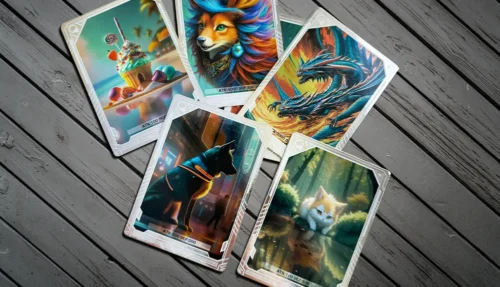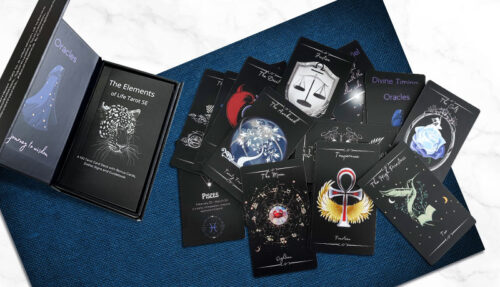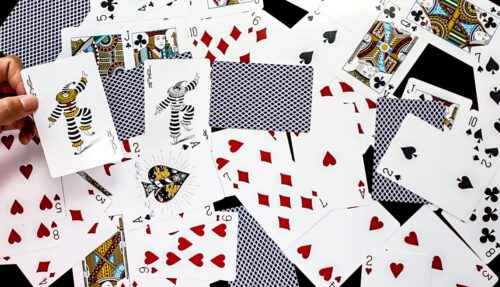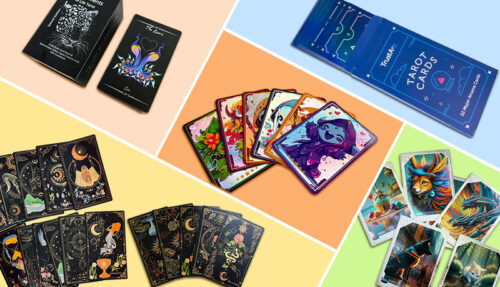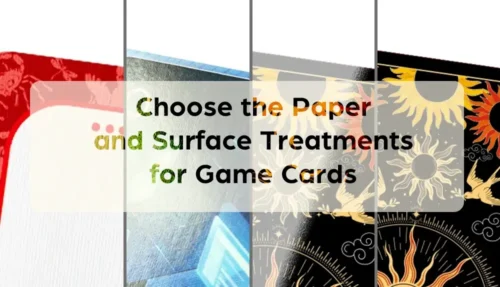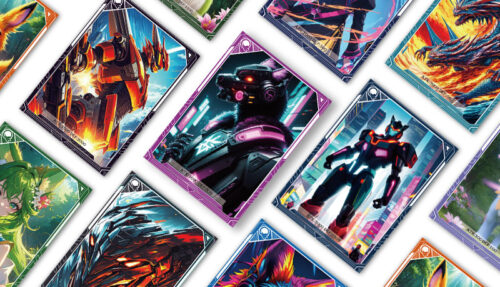Whether you're a school teacher, private tutor, or professional trainer, flashcards can be a fantastic tool to support your students' education.
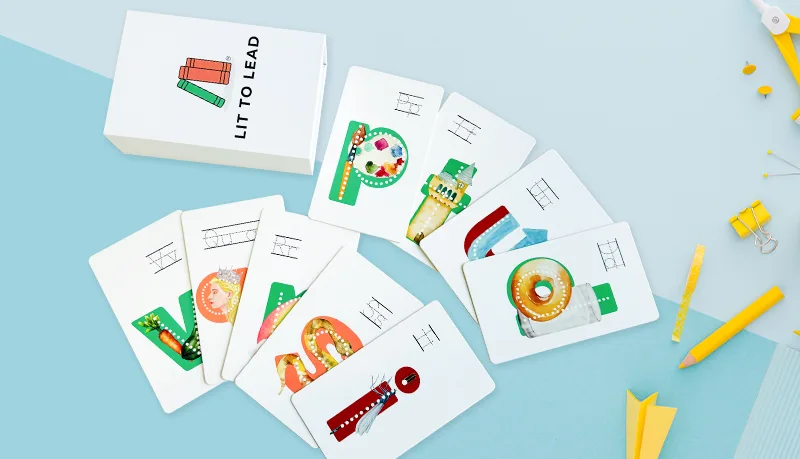
Flashcards have long been recognized as a popular and effective tool for studying and memorizing information. They provide a simple yet powerful—and above all, portable and interactive—method for improving recall, reinforcing learning, and testing knowledge. However, like any study technique, flashcards have their benefits and limitations as a quick survey of the scientific research into their use in educational contexts reveals. In this post, we will help you explore the effectiveness of flashcards as potential educational tools for your classroom, training room, or other didactic practice space, examining their advantages, challenges, and best practices for optimal usage to support your students’ learning outcomes.
How do flashcards work?
Flashcards are small cards, typically about the size of a standard playing card, that have a question, term, or concept printed on one side and the corresponding answer or definition on the other side. They can be purely verbal, visual, or both. Students can use printed flashcards independently, in pairs or groups, or in whole class interactions guided by the teacher. The variety of subjects and categories to which you can apply printed flashcards as educational tools is broad, including language arts, the sciences, citizenship, history, geography, math, and more. They’re ideal for practicing vocabulary, facts, formulas, associations, and concepts. The key idea behind flashcards is repetitive and active exposure to information in a multisensory and interactive context, which aids in encoding it into long-term memory. Flashcards allow for implementing spaced repetition, a technique that involves reviewing information at increasing intervals to enhance retention.
The advantages of flashcards
Flashcards offer several advantages which you can use to complement other standard learning methods such as reading, writing, or listening.
- First, they are highly engaging and interactive, which can significantly boost motivation and attention during study sessions. With the correct presentation, flashcards can feel more like a fun game for students, which helps with concentration and compliance. So, unlike passive learning methods, flashcards require active participation, making the learning process more effective, especially for students who struggle with reading and writing or who experience problems focusing on longer term tasks.
- Second, flashcards are extremely flexible and customizable. As a teacher or trainer, you can design and print your own specialist flashcards tailored to the specific needs and preferences of your subject and students, allowing for a more personalized learning experience.
- Third, flashcards are portable and convenient. Flashcards are portable and convenient, allowing you to carry them around and use them anytime and anywhere, making them ideal for quick study sessions on the go.
- Last, as we’ve seen, flashcards are based on evidence-based learning principles such as active recall, metacognition, and feedback. These principles enhance learning outcomes and contribute to the effectiveness of flashcards as a study tool.
The effectiveness of flashcards for memory retention
Pedagogic researchers widely regarded flashcards as an effective tool for enhancing memory retention. The process of actively retrieving information from memory, as facilitated by flashcards, strengthens neural connections, making it easier to recall that information in the future. We know this as the testing effect, which suggests that the act of recalling information actively reinforces learning and promotes long-term memory retention. By repeatedly exposing students to flashcards and their active attempts to remember the associated information, students can effectively move the information from short-term memory to long-term memory.
Strategies for using flashcards in the classroom
To make the most of the flashcards in the classroom, you’ll get the best results if you use them strategically and thoughtfully. Here are several powerful tips and ideas for optimizing your use of flashcards in enhancing the educational experiences and outcomes of your students:
1. Create your own flashcards
While pre-made flashcards and digital platforms are available, designing and printing your own flashcards can be more beneficial. By selecting and formatting the presentation of words, images, and other information on the flashcards, you can make sure that the initial encoding of the material is appropriate, precise, and well-targeted to your specific students’ needs. Also, personalizing the flashcards—regarding the school, local context, or highlighted details—makes the content more meaningful and memorable and so works more effectively.
2. Use both sides of the flashcards
Make use of both sides of the flashcards to maximize their effectiveness. On one side, print the question, term, or concept, and on the other side, provide the corresponding answer or definition. This approach helps balance the difficulty and clarity of the flashcards, preventing confusion and frustration. You can also grade the cards to produce a series of sets representing a progression in the level of difficulty and achievement.
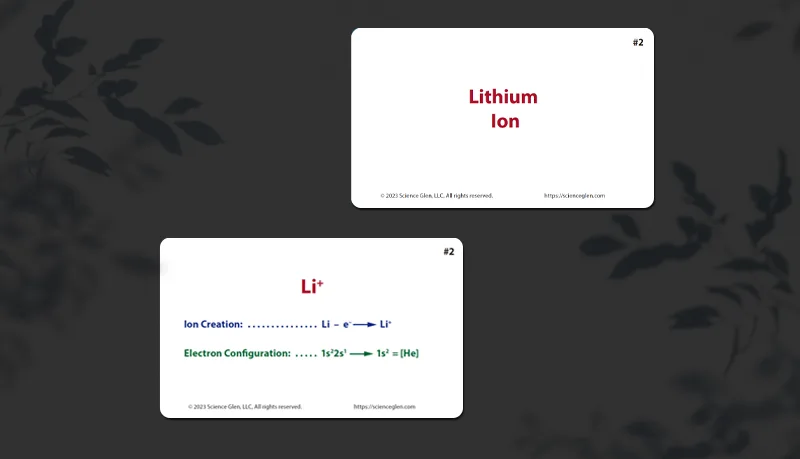
3. Regularly review and use spaced repetition
Consistent review is crucial for reinforcing learning and improving retention when you’re using printed flashcards in an educational context. Set aside regular study sessions dedicated to reviewing the flashcards with your students. And consider using spaced repetition techniques. For example, you could begin with reviewing flashcards at increasing intervals, focusing more on challenging or unfamiliar cards, and gradually spacing review sessions out as students increase their competencies and achieve mastery of the material.
4. Mix up flashcards and vary formats
To avoid boredom and promote deeper learning, design a range of decks of flashcards, mix them up sometimes, and vary the formats you present. Instead of a linear sequence, for example, shuffle the flashcards to introduce an element of surprise. Also, use different categories, themes, or topics to test your students and keep them on their toes. This approach enhances transfer and application skills, allowing for a more comprehensive understanding of the material.
5. Enhance flashcards with visual and auditory elements
To further improve comprehension and retention, consider incorporating visual and auditory elements into your flashcards. Use images, diagrams, or symbols to enhance visual memory. Record audio pronunciations or explanations to reinforce auditory memory which students can access on their smartphones or tablets by scanning a QR code printed on the card which links to the audio file. These multimodal approaches can significantly enhance learning and recall.
6. Supplement flashcards with other learning activities
While flashcards are an effective tool, they should not be the sole focus of your students’ study routine. Flashcards are never a substitute for other learning methods, but supplement them and reinforce learning outcomes. You must always combine them with other learning activities, such as reading, writing, listening, speaking, and summarizing. These activities provide a more holistic learning experience, deepening understanding and facilitating connections between unfamiliar concepts.
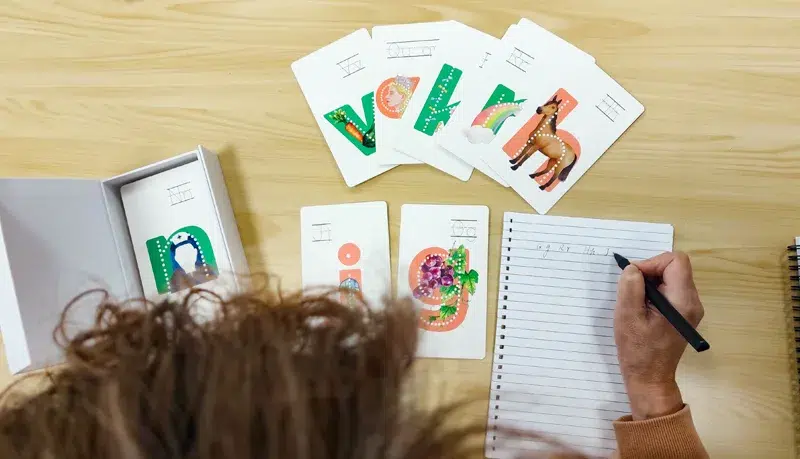
7. Monitor progress and get feedback
Encourage your students to monitor their progress, reflect on their experience, and seek feedback from you, other teachers, peers, and mentors. This approach develops your students’ sense of responsibility for their own learning and supports them in identifying areas of strength and weakness, enabling you to help them adjust their study goals and methods accordingly. Soliciting feedback provides valuable insights and guidance, helping you refine your teaching strategies for better results.
The limitations of flashcards
While flashcards offer many benefits, they also have certain limitations that should be acknowledged. None of these is sufficient to suggest that you shouldn’t use flashcards in your teaching and training practice. But it’s important to be aware of these limitations in order to optimize your approach and to best support your students on their learning journey:
1. Time-consuming
Creating and reviewing flashcards can be time-consuming, particularly when dealing with a large volume of material and in the often pressured context of a school or college program. Students may find it challenging to dedicate sufficient time to undertake comprehensive reviews of flashcards or to do so regularly. So, balancing flashcard usage with other study methods is essential to ensure effective time management.
2. Surface-level understanding
While flashcards are effective for memorizing facts and information, they may not capture the complexity and context of the material. Flashcards often focus on isolated concepts or discrete pieces of information, which may limit the development of a deep understanding of the subject if used as a primary rather than secondary learning tool. It is important to supplement flashcards with activities that promote critical thinking, analysis, and synthesis and reserve the cards for reinforcement, memorization of key facts, and to develop recall.
3. Potential for boredom and repetition
Flashcards can become monotonous if used without a wider interactive and multisensory context, leading to reduced interest and motivation. Students may find it challenging to maintain engagement when reviewing flashcards for extended periods. Incorporating variety, creativity, and gamification elements into flashcard usage can help mitigate the potential for boredom and increase motivation.
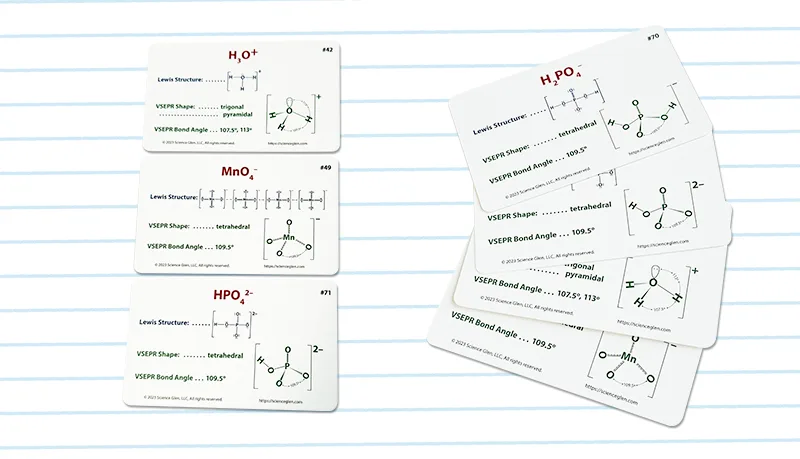
So, are flashcards effective as educational tools?
Flashcards are undeniably effective as educational tools, providing an interactive and engaging method for studying and memorizing information. They offer many advantages, including flexibility, portability, and evidence-based learning principles. However, it is important to use flashcards strategically and supplement them with other learning activities to ensure a comprehensive understanding of the material. Students can get the most out of flashcards and improve their learning experience by using proven methods and being aware of their limitations. So harness the power of flashcards, personalize your students’ learning, and help unlock their potential for academic success.
Talk to us!
If you’re interested in printing high-quality flash cards— and world class customer service matters to you as much as a high-quality product — then we should talk. Get in touch today to chat through your needs or to ask for a no-obligation quote. We can’t wait to help you make the best flash cards you’ve ever used!





